- A scientist might suggest we study fluid dynamics, rotational mechanics, and drag forces to create the perfect spinner/worm rig.
- In practice, perfect performance has been achieved for decades using trial and error…and not much engineering.
- Add 2 more beads, make them 8mm, not 6mm, use a larger clevis, make it a #4 Colorado, not a #3 – and there we have it: A perfect fish catcher! A cooler full of walleyes!

By Forrest Fisher
Spinner and worm rigs are a staple for catching walleye across the U.S. and Canada because they combine several characteristics that specifically appeal to the way walleye feed. Why are they so effective? It’s simple: flash, vibration, scent, and taste.
Many walleye anglers from across North America have grown up with friends who used a spinner/worm harness rigged with a live nightcrawler as their ONLY LURE for walleye fishing. In tackle shops where walleye fishing is famous, hand-made spinner/worm rigs dot the walls. In Eastern Lake Erie, a spinner-worm (nightcrawler) harness is tried-and-true as a walleye catcher. The innocent-looking rigs are especially effective all summer long. To rig them properly, there are balance, bead, spacing, and blade color considerations, and at least three differences in blade shapes. Each of these variables matters.
Along the New York shoreline of lake Erie, daily angler limit catches of 6-walleye per angler, 15-inch minimum, are typical. Four anglers innthe boat and at the dock, 24 walleyes in the cooler headed for the cleaning station in Barcelona, Dunkirk, Sunset Bay and Buffalo, NY. The walleye fishing from all of the Chautauqua County ports of access has been amazing. The best lure for 2025? Yep, a simple spinner and worm rig. Forward-facing sonar or regular downscan, the fish don’t care, just get a spinner/worm down there and hang on.

A scientist might defer to suggesting that we all study fluid dynamics, rotational mechanics, drag forces, and material balance to achieve consistent blade spin across a wide range of trolling speeds. In practice, the drag force, lift force, and oscillation of the blade have been achieved for decades using trial and error, and not much engineering.
A typical nightcrawler harness consists of a spinner blade (Colorado, Indiana, or Willow), a series of beads – usually measured in millimeters, and one or two hooks (single) tied on a monofilament, stainless steel, or wire leader.
The blade shape matters because it affects vibration, flash, and the speed at which you can troll effectively. The Colorado blade is round, used for very slow trolling (1-1.5 mph), has a slow, wide wobble with a strong vibration, and works well in murky water. The Indiana blade, a versatile teardrop shape with moderate wobble and flash, is a good all-around blade. The Willow blade is a long, narrow blade made for fast trolling in clear water that provides lots of flash and works best when flash is more important than vibration.
Once the blade choice is made, the worm must be rigged just right. Use a whole nightcrawler and carefully thread the very tip of the head of the worm onto the first hook near the beads, then lightly hook the second hook about halfway down the body. Let the tail hang free; don’t thread it all the way up, or it won’t have natural action. Keep it straight – a twisted or overly curved crawler can spin unnaturally, causing line twist and reducing hits.

Of course, today, a spinner/worm harness can be rigged on a diving plane, a downrigger, an in-line weight, or with a bottom bouncer wire or sinker. Depending on how you are rigged with a weight, troll or drift (if the wind is right) around contour lines, reefs, or on noted suspended schools of walleye over deeper water. Vary speed and direction slightly as walleye often hit during speed changes and turns. For example, you can speed up and slow down your trolling speed or make slight turns to the left or right. These variations can often trigger an instant strike from a humble and cautious walleye. Speed changes and sharp turns can provoke walleye into striking.

Bead colors matter, too, depending on light conditions, water clarity and forage. Chartreuse/green is excellent for stained water or low light and mimics emerald shiners and young-of-the-year yellow perch. Purple/dark red is excellent for clear water and sunny days, as walleyes see purple well in the deepest water. Orange/fire-tiger is bright and functional in slightly stained or dirty water. Glow beads are great for dawn, dusk or deeper water where light is minimal. Metallic beads reflect light and act as mini-flashers during high sunshine.
When we mix and match colors and blade types, the most effective favorites are found. That’s what friends are for. Spread the word and have fun out there. There are lots of walleye to catch, especially in Lake Erie, the Eastern end.
If you attempting to make your first homemade spinner and worm rig and need a simple Forrest Fisher formula, try this one – it works: Use a #3 or #4 Colorado blade in hammered nickel finish, a wide metal clevis, size 6 or size 8 mm plastic beads in alternating colors (chartreuse/orange for contrast), two #4 Gamakatsu or Mustad snelled octopus hooks, all on 48 -60 inches of 15-20 pound fluorocarbon leader line. Use enough beads to occupy the blade length plus 2 beads when the blade is laid down horizontally over the beads. Visit a local tackle shop for these parts. This spinner-worm rig setup will work at enticingly slow speeds of o.9-1.9 mph with a 1- to 3-ounce bottom bounce 3-way rig or an inline sinker in 15- to 50-foot depths of water. This rig will provide lots of fish-catching flash and get right down to the bottom when used with a mainline of 10-15-pound braid.
Spinner and worm rigs are so effective because they stimulate multiple senses—sight, vibration, and smell/taste—at once, while being slow and natural enough to match the feeding style of walleye. Their adaptability to different fishing conditions and ability to provoke both feeding and reaction bites make them a go-to for walleye anglers. Go get ’em!

















 Matt is living his dream after he retired from the sheriff’s office. Besides their Sage Wood Campgrounds, he competes in Major League Bass Fishing Tournaments and is also a well-known and respected fishing guide on Kentucky Lake. If you like fishing, I highly recommend a trip to Kentucky Lake and booking a fishing trip with Matt for your choice of largemouth bass, smallmouth bass, white bass, striped bass, black and white crappie, sauger, redear sunfish, and more.
Matt is living his dream after he retired from the sheriff’s office. Besides their Sage Wood Campgrounds, he competes in Major League Bass Fishing Tournaments and is also a well-known and respected fishing guide on Kentucky Lake. If you like fishing, I highly recommend a trip to Kentucky Lake and booking a fishing trip with Matt for your choice of largemouth bass, smallmouth bass, white bass, striped bass, black and white crappie, sauger, redear sunfish, and more.






 state. Northern pike are another popular spring target for anglers. These fish can also be found throughout much of the state, and opportunities for trophy-size fish are available in a number of waters, especially in the northeast and west.
state. Northern pike are another popular spring target for anglers. These fish can also be found throughout much of the state, and opportunities for trophy-size fish are available in a number of waters, especially in the northeast and west. DEC reminds New Yorkers that boats, trailers, waders and other fishing equipment can spread harmful
DEC reminds New Yorkers that boats, trailers, waders and other fishing equipment can spread harmful  To avoid spreading invasive species,
To avoid spreading invasive species, 





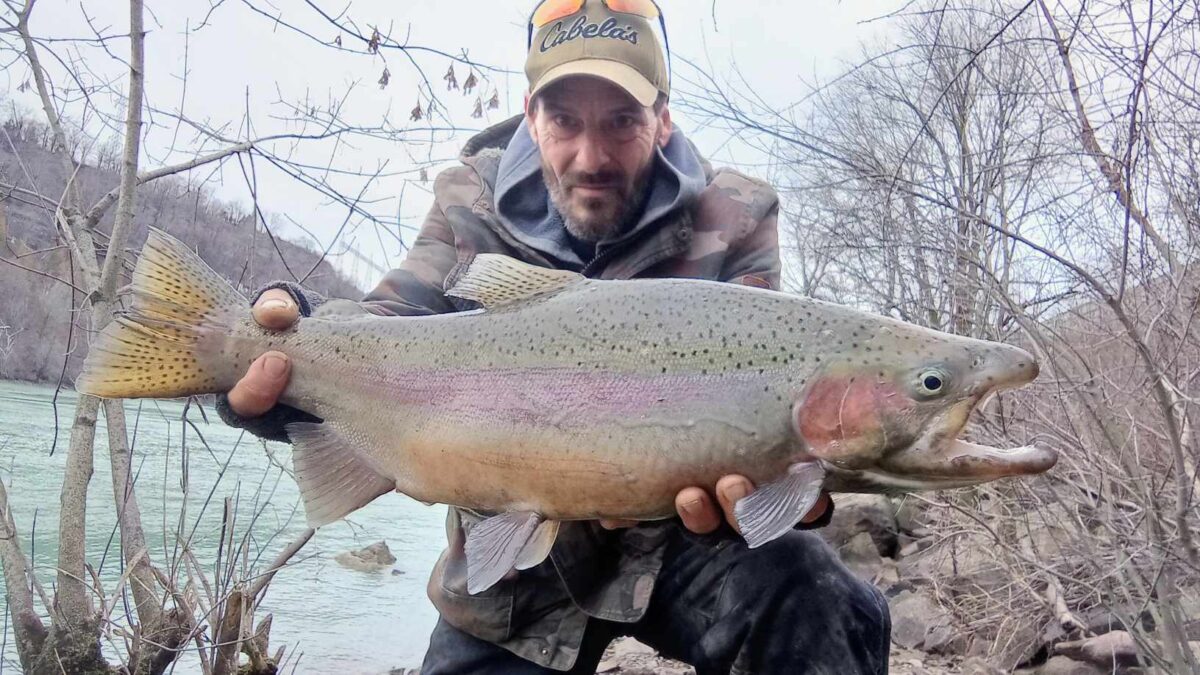











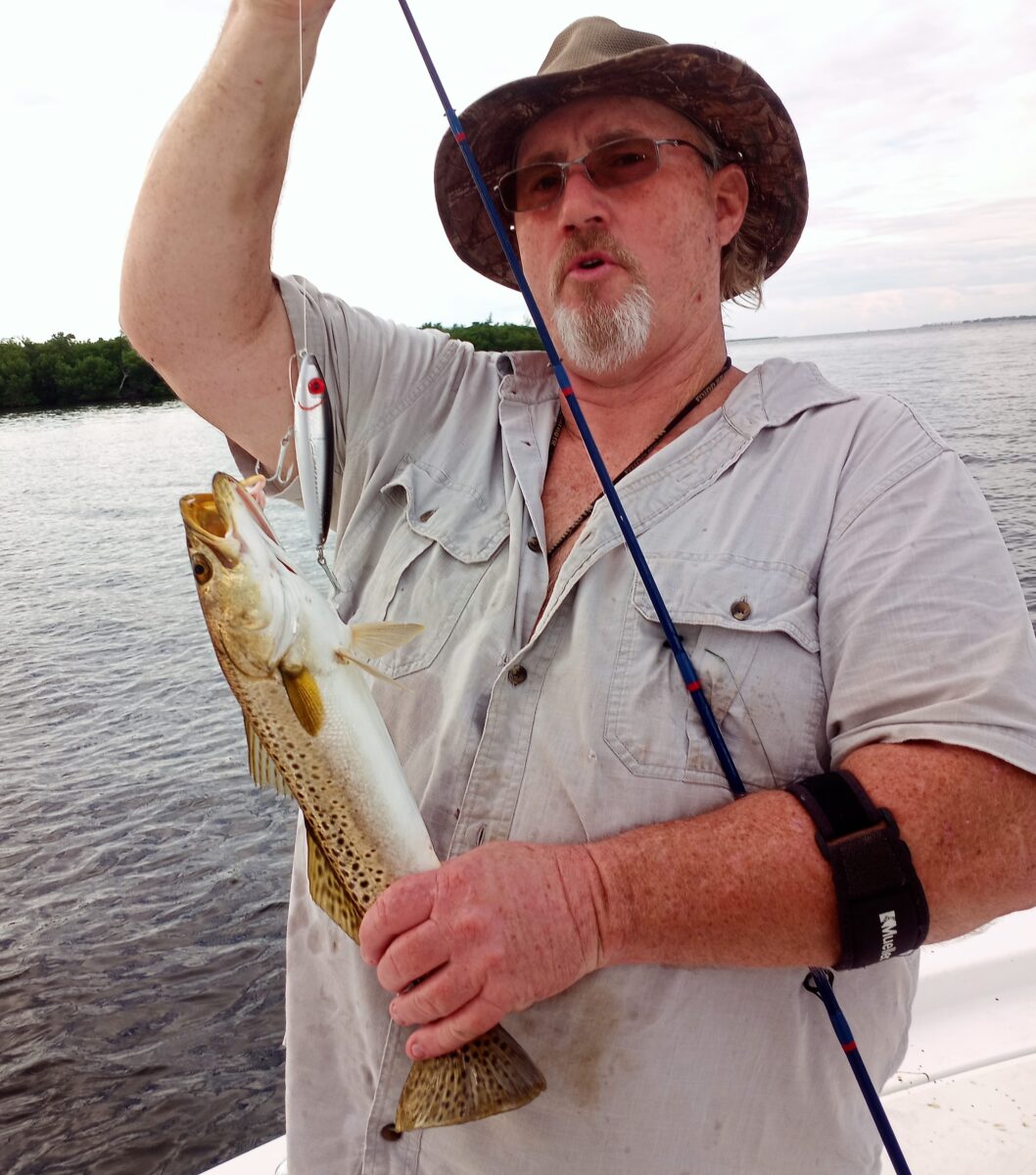







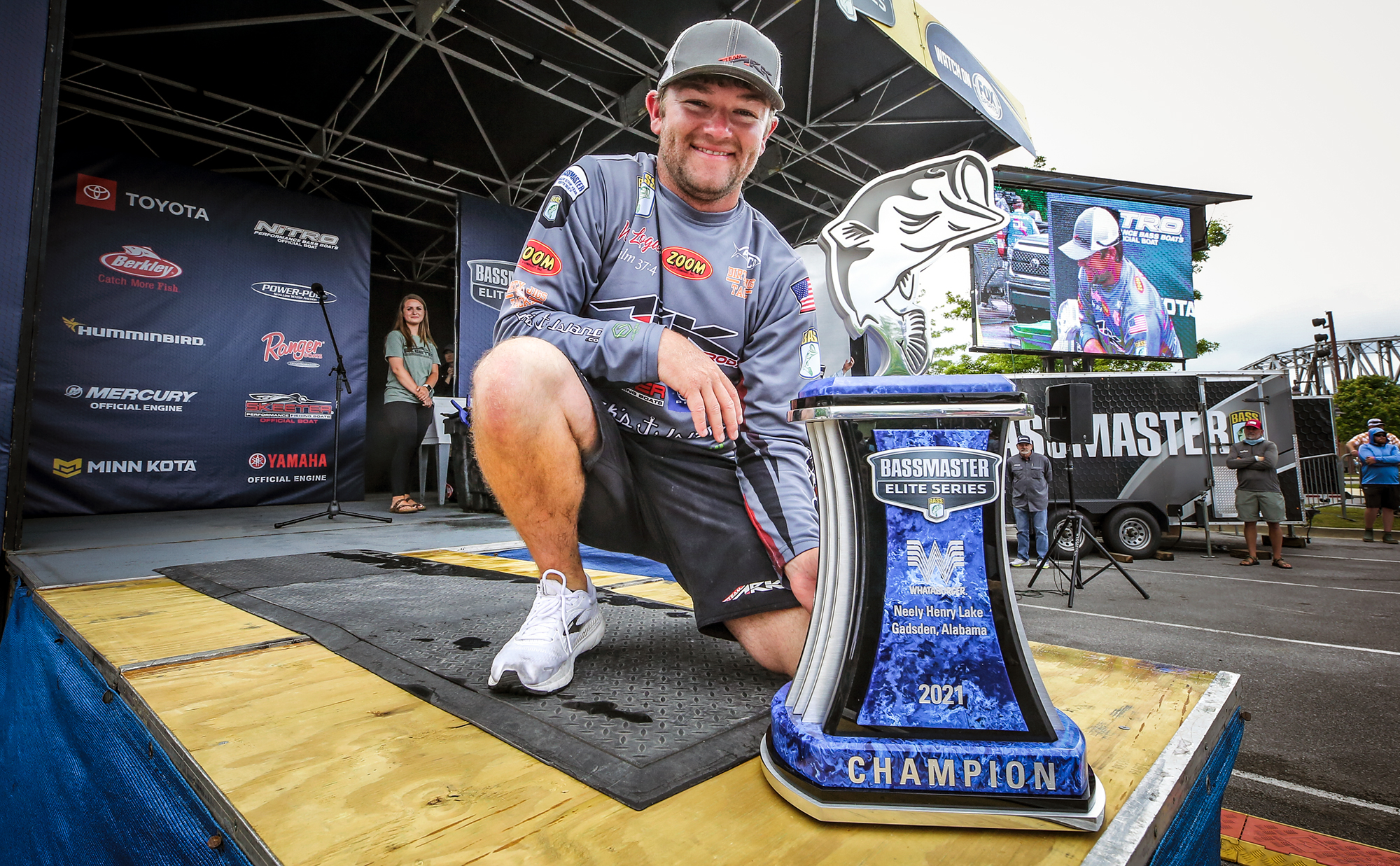

































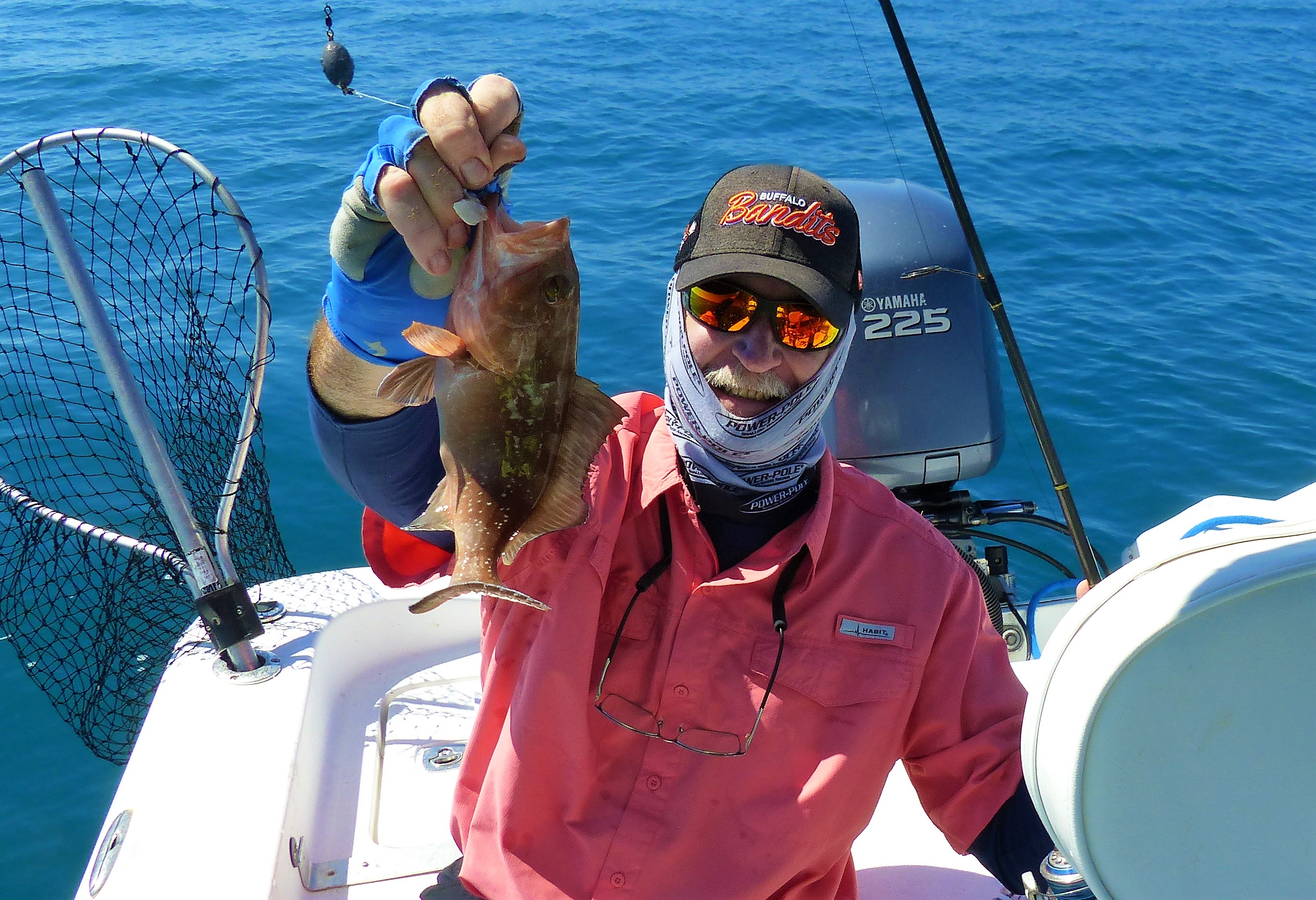

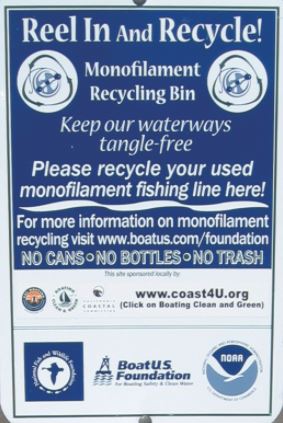














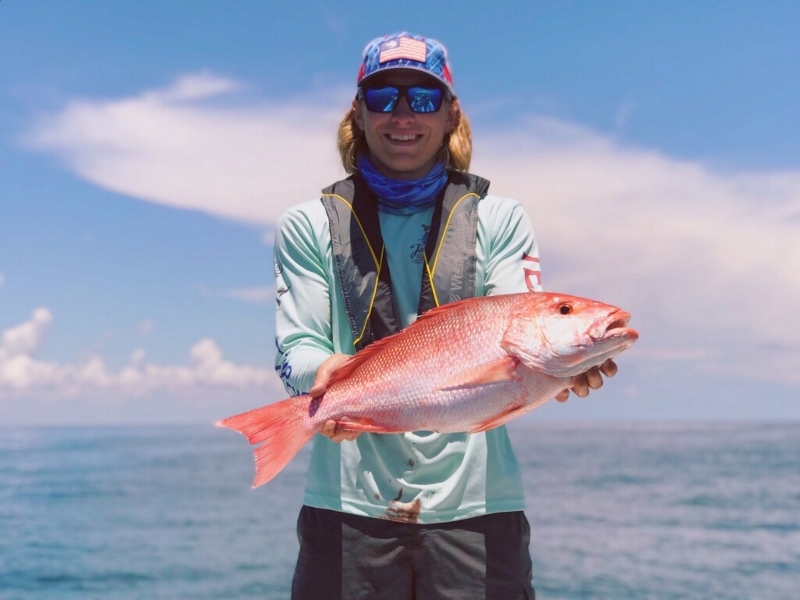

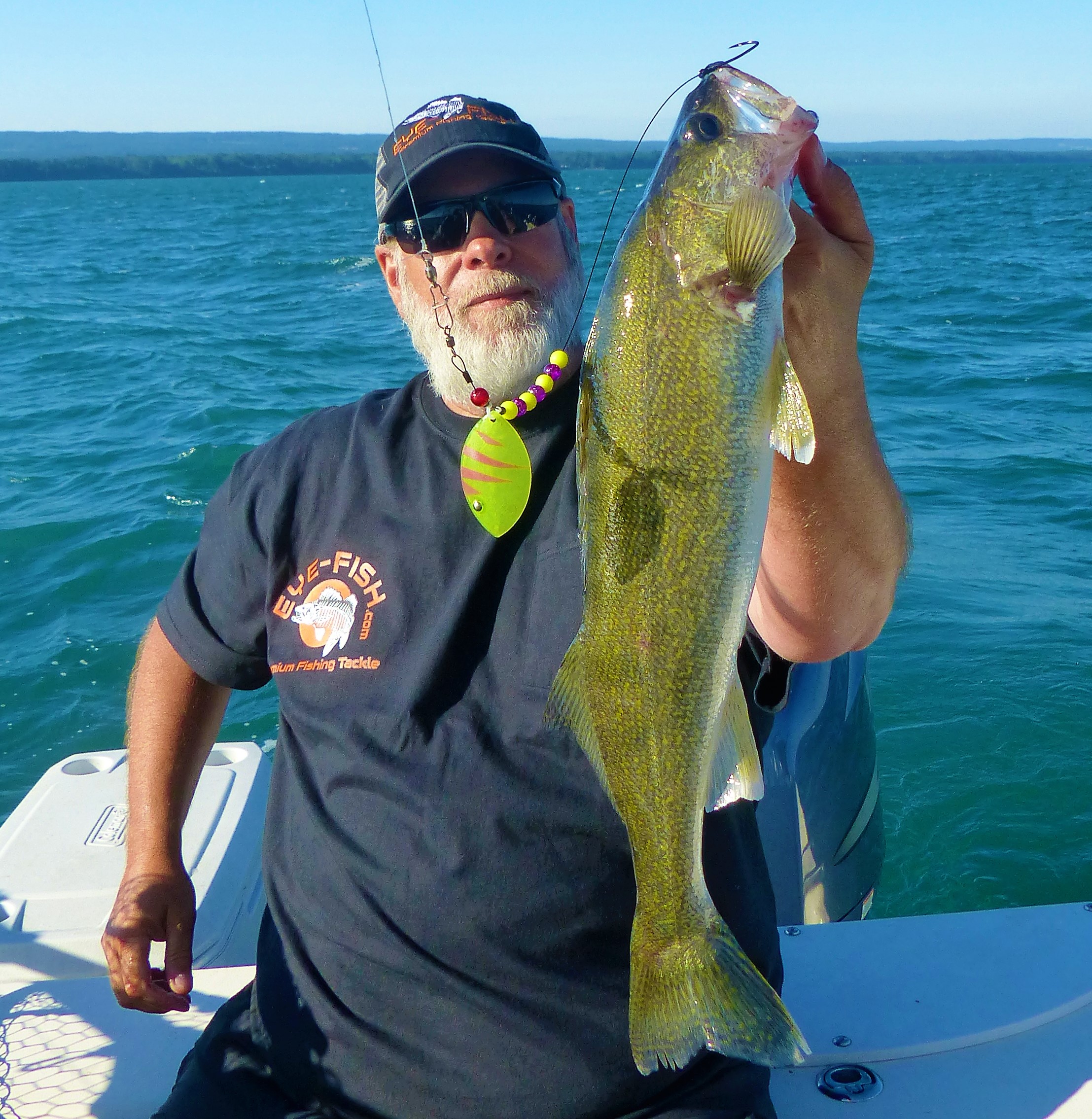












 Walleye are challenging to catch and delicious to eat, making them one of the most prized sportfish in New York. As the largest member of the perch family, adult walleye typically weigh 1-3 lbs., but they can get much larger. The state record is a remarkable 18 lb. 2 oz. giant caught from the St. Lawrence River in 2018. Walleye are found across the state and provide phenomenal fishing opportunities in select waters.
Walleye are challenging to catch and delicious to eat, making them one of the most prized sportfish in New York. As the largest member of the perch family, adult walleye typically weigh 1-3 lbs., but they can get much larger. The state record is a remarkable 18 lb. 2 oz. giant caught from the St. Lawrence River in 2018. Walleye are found across the state and provide phenomenal fishing opportunities in select waters.












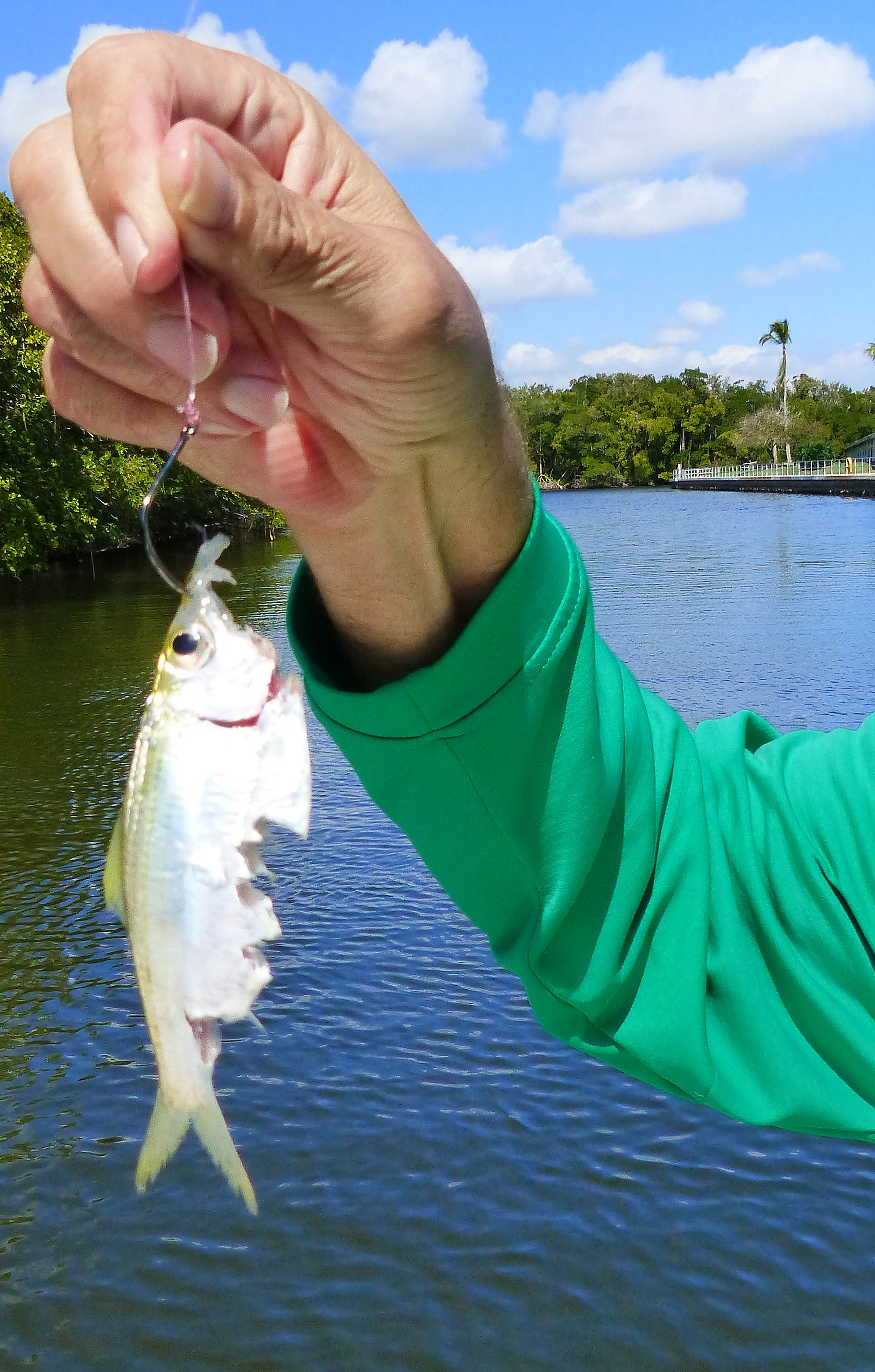






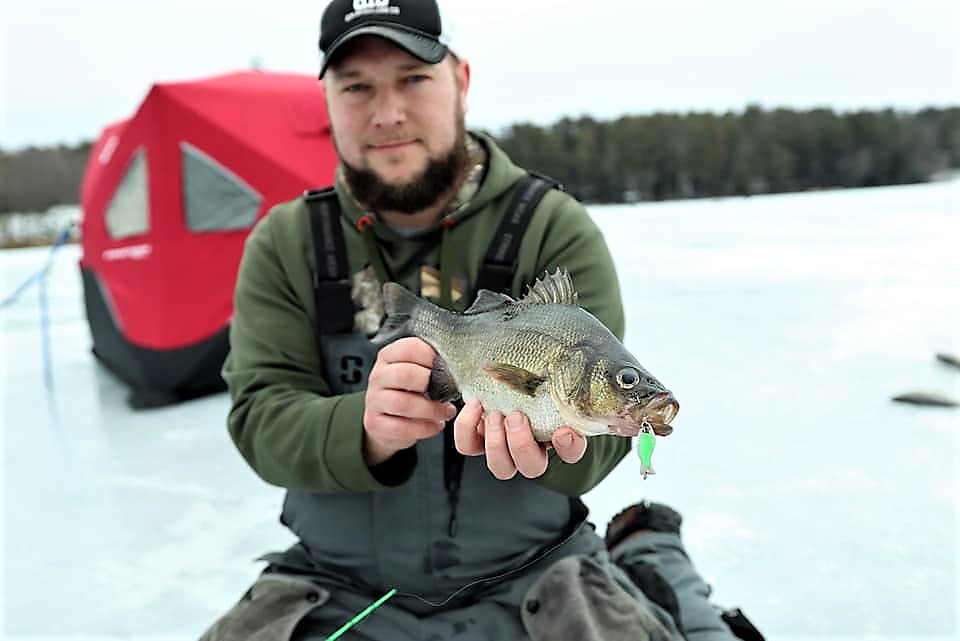










 Lake Istokpoga fish report, Jan-Mar 2020:
Lake Istokpoga fish report, Jan-Mar 2020:
 Remember, as part of the TrophyCatch program, these big bass have been released, so your trophy still swims in Lake Istokpoga. Largemouth Bass have also been tagged by Biologists on the lake. If you catch a tagged fish, remember to remove the tag and call the number provided. You will need it to collect your $100 reward!
Remember, as part of the TrophyCatch program, these big bass have been released, so your trophy still swims in Lake Istokpoga. Largemouth Bass have also been tagged by Biologists on the lake. If you catch a tagged fish, remember to remove the tag and call the number provided. You will need it to collect your $100 reward! 
 Fish graphics by Duane Raver, Jr.
Fish graphics by Duane Raver, Jr.

































 Another bait Browning utilizes for windy main lake and main creek scenarios
Another bait Browning utilizes for windy main lake and main creek scenarios 










 In a fun-to-fish program designed for young and old, the
In a fun-to-fish program designed for young and old, the 


 Walleye fishing legend, Johnnie Candle, suggested that we look at mid-river shoals on the Mississippi River near La Crosse, Wisconsin, and search the area with his new Humminbird sonar. We utilized the map to find such locations and he’s a walleye guy at heart, so we set up our rods accordingly.
Walleye fishing legend, Johnnie Candle, suggested that we look at mid-river shoals on the Mississippi River near La Crosse, Wisconsin, and search the area with his new Humminbird sonar. We utilized the map to find such locations and he’s a walleye guy at heart, so we set up our rods accordingly.


















 Gramps and Mel spent hours there, spinning yarns about their fishing trips, cleaning their catch for the day, or working on the boat to make sure it was ready for the next day.
Gramps and Mel spent hours there, spinning yarns about their fishing trips, cleaning their catch for the day, or working on the boat to make sure it was ready for the next day.
 Not too many anglers can resist trying out these new lures. Every year I stock up on more than I should, but they all look so good and some turn out to be valuable additions to my tackle box. If you don’t try them, you will never know if they would work for you or not. Beside, trying them is part of the fun!
Not too many anglers can resist trying out these new lures. Every year I stock up on more than I should, but they all look so good and some turn out to be valuable additions to my tackle box. If you don’t try them, you will never know if they would work for you or not. Beside, trying them is part of the fun!







 What made it even more exciting for him is that this was his first derby ever, encouraged to join by a previous grand prize winner, Keegan Walczak. Keegan was in that same drawing for the boat package this time around, too. However, it was Nix who came out on top. Rebecca Thering of Appleton won the Kids Division Grand Prize, a new kayak. Check out
What made it even more exciting for him is that this was his first derby ever, encouraged to join by a previous grand prize winner, Keegan Walczak. Keegan was in that same drawing for the boat package this time around, too. However, it was Nix who came out on top. Rebecca Thering of Appleton won the Kids Division Grand Prize, a new kayak. Check out 


 “As professional anglers, we sometimes take for granted the amazing equipment and technology we get to use every day,” Zaldain said. “I was happy to be able to teach David how to use the One-Boat Network products and show him the advantage that a connected boat can provide to all anglers. David is a great guy, and I know he will take what he learned here today, and teach it to the youth in his local B.A.S.S. chapter ensuring the next generation of anglers gets to experience the very best products out there.”
“As professional anglers, we sometimes take for granted the amazing equipment and technology we get to use every day,” Zaldain said. “I was happy to be able to teach David how to use the One-Boat Network products and show him the advantage that a connected boat can provide to all anglers. David is a great guy, and I know he will take what he learned here today, and teach it to the youth in his local B.A.S.S. chapter ensuring the next generation of anglers gets to experience the very best products out there.” For more information on Minn Kota and Humminbird visit
For more information on Minn Kota and Humminbird visit  About Minn Kota® and Humminbird® – JOHNSON OUTDOORS FISHING is comprised of the Minn Kota®, Humminbird®, and Cannon® brands. Minn Kota is the world’s leading manufacturer of electric trolling motors, as well as a complete line of shallow water anchors, battery chargers and marine accessories. Humminbird is a leading global innovator and manufacturer of marine electronics products including fish finders, multifunction displays, autopilots, ice flashers, and premium cartography products. Cannon is the leader in controlled-depth fishing and includes a full line of downrigger products and accessories. Visit Minn Kota at
About Minn Kota® and Humminbird® – JOHNSON OUTDOORS FISHING is comprised of the Minn Kota®, Humminbird®, and Cannon® brands. Minn Kota is the world’s leading manufacturer of electric trolling motors, as well as a complete line of shallow water anchors, battery chargers and marine accessories. Humminbird is a leading global innovator and manufacturer of marine electronics products including fish finders, multifunction displays, autopilots, ice flashers, and premium cartography products. Cannon is the leader in controlled-depth fishing and includes a full line of downrigger products and accessories. Visit Minn Kota at 


















 In eastern basin Lake Erie, most anglers are conventional. They troll with lead core line, deep diving stickbaits and custom made spinner/worm rigs. Who would have ever thought to try a Mepps combination through all the contention with standard convention? Guess what? They not only work in the land of giant great Lakes walleye back here in the northeast, they work everywhere.
In eastern basin Lake Erie, most anglers are conventional. They troll with lead core line, deep diving stickbaits and custom made spinner/worm rigs. Who would have ever thought to try a Mepps combination through all the contention with standard convention? Guess what? They not only work in the land of giant great Lakes walleye back here in the northeast, they work everywhere. The Mepps® Crawler Harness shares the same features and durability of the Trolling Rig, minus the dressed hook and utilizes a Colorado blade, finished in a wide selection of colors and patterns. The Mepps® Crawler Harness comes in 2 sizes and 9 color combinations. Remember, all of the quick-change features built into both of these baits means blades, bodies, dressings and hooks can be mixed and matched to find the perfect combination for current conditions.
The Mepps® Crawler Harness shares the same features and durability of the Trolling Rig, minus the dressed hook and utilizes a Colorado blade, finished in a wide selection of colors and patterns. The Mepps® Crawler Harness comes in 2 sizes and 9 color combinations. Remember, all of the quick-change features built into both of these baits means blades, bodies, dressings and hooks can be mixed and matched to find the perfect combination for current conditions.


























































 Ever noticed that fish everywhere become familiar with seeing the same lure over and over? What worked last year simply is not working this year. It’s frustrating, right?
Ever noticed that fish everywhere become familiar with seeing the same lure over and over? What worked last year simply is not working this year. It’s frustrating, right?













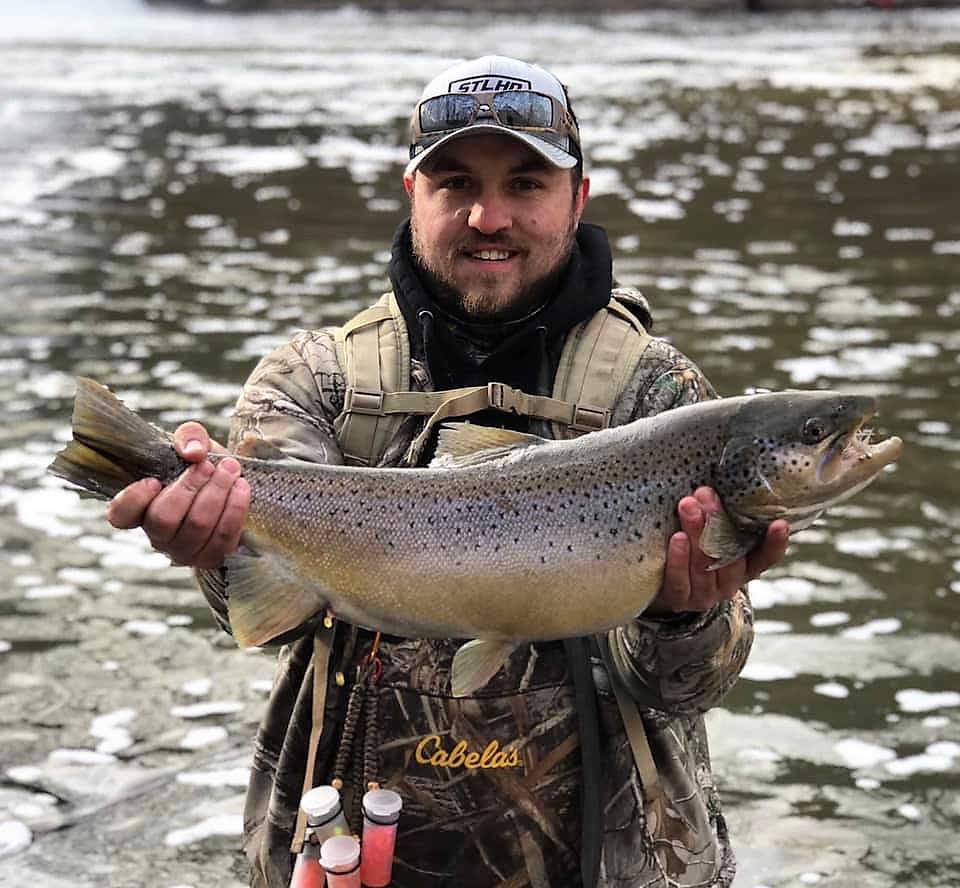







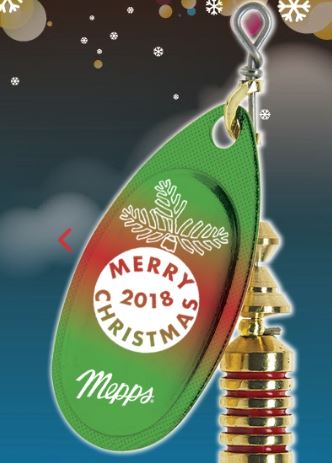

 Kolbeck is a graduate of University of Wisconsin – Stevens Point where he studied Graphic Design in the Fine Arts Program. During his college years, Nik’s passion for fishing started to take off and has since become a family event with his father and brother and their beloved Border Collie, Abbi.
Kolbeck is a graduate of University of Wisconsin – Stevens Point where he studied Graphic Design in the Fine Arts Program. During his college years, Nik’s passion for fishing started to take off and has since become a family event with his father and brother and their beloved Border Collie, Abbi. Since graduation, Kolbeck worked for Swiderski Equipment – an agriculture and construction equipment company with five locations throughout central Wisconsin. His duties included creating print, online and social media graphics, photography of equipment and keeping website information current and correct.
Since graduation, Kolbeck worked for Swiderski Equipment – an agriculture and construction equipment company with five locations throughout central Wisconsin. His duties included creating print, online and social media graphics, photography of equipment and keeping website information current and correct.























 Upon arrival at the camp I met our host, Dave Barus, and the other attendees. They were Jim Proffitt, an outdoor columnist from Ohio, Wade Robertson, an outdoor columnist from Pennsylvania and his guest from Olean, New York, Fred Dwaileebe. After “meeting and greeting” we decided to have dinner at Guppy’s Restaurant and Tavern a couple of miles down Route 430. The restaurant has a full menu that ranges from wings and pizza to burgers, soups and salads, along with nightly specials. I had a great platter of mussels steamed in garlic butter wine sauce and topped with fresh tomatoes. I highly recommend stopping in Guppy’s anytime you’re in the area.
Upon arrival at the camp I met our host, Dave Barus, and the other attendees. They were Jim Proffitt, an outdoor columnist from Ohio, Wade Robertson, an outdoor columnist from Pennsylvania and his guest from Olean, New York, Fred Dwaileebe. After “meeting and greeting” we decided to have dinner at Guppy’s Restaurant and Tavern a couple of miles down Route 430. The restaurant has a full menu that ranges from wings and pizza to burgers, soups and salads, along with nightly specials. I had a great platter of mussels steamed in garlic butter wine sauce and topped with fresh tomatoes. I highly recommend stopping in Guppy’s anytime you’re in the area.














 No matter the time of year, multiple species here keep every angler in action for most of the fishing day. Foot-long perch are common, walleye in all-sizes – from eaters to wall hangers are the usual resident and non-resident angler focus, northern pike ranging from 5 to 10 pounds are the largest predator fish, while white bass, panfish (crappie and bluegill) and trout, provide a variety of fishing opportunities at Devil’s Lake. It’s fun to fish here.
No matter the time of year, multiple species here keep every angler in action for most of the fishing day. Foot-long perch are common, walleye in all-sizes – from eaters to wall hangers are the usual resident and non-resident angler focus, northern pike ranging from 5 to 10 pounds are the largest predator fish, while white bass, panfish (crappie and bluegill) and trout, provide a variety of fishing opportunities at Devil’s Lake. It’s fun to fish here.


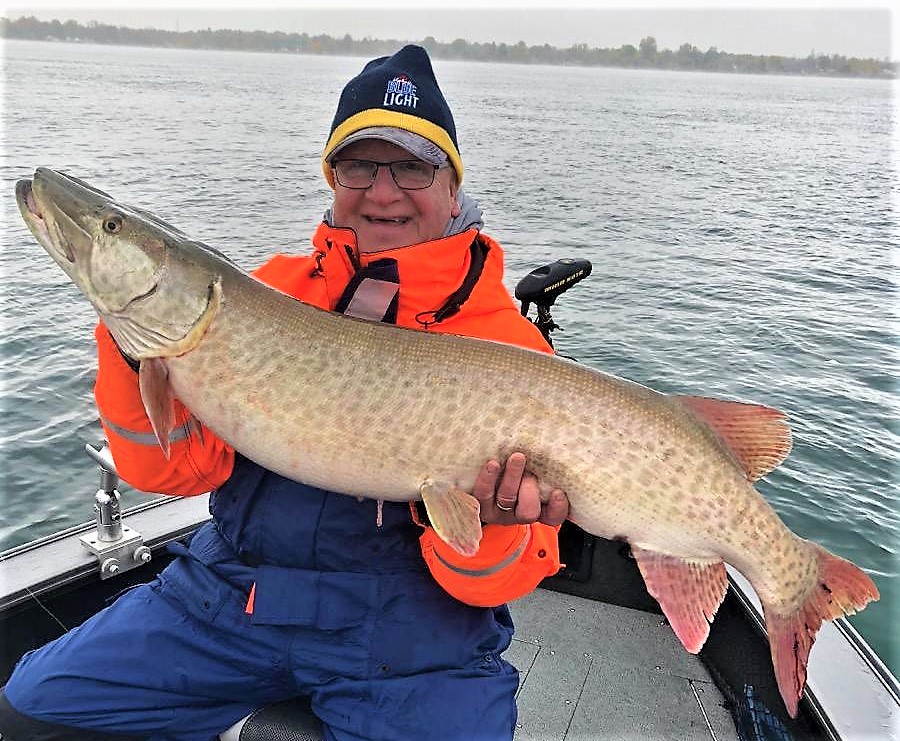

















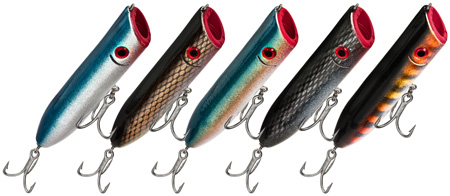






 Nice to enjoy a fishing lodge that delivers so much before you even get on the water.
Nice to enjoy a fishing lodge that delivers so much before you even get on the water. 
































